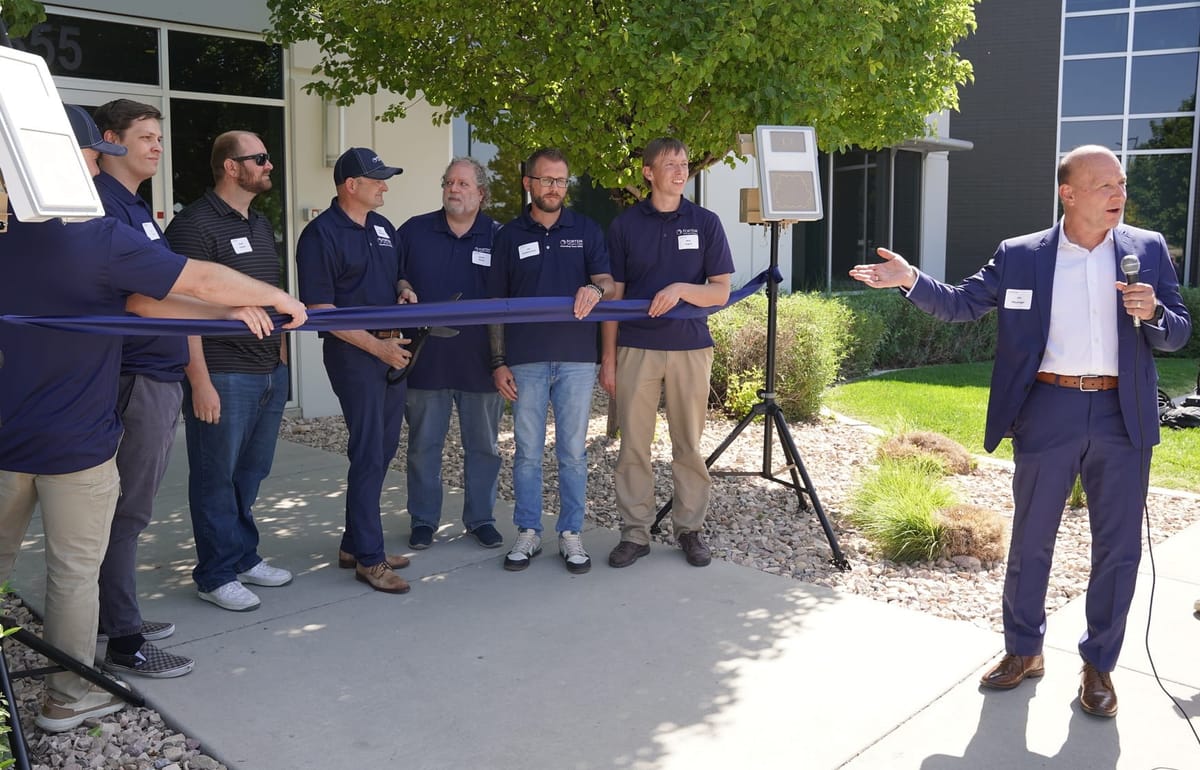

Utah-based airspace security leader to showcase innovations at 47G Zero Gravity Summit in Salt Palace, November 4–5
Lindon, Utah — October 14, 2025
Fortem Technologies, a Lindon, Utah-based provider of airspace security and counter-drone solutions, has secured follow-on orders for more than a dozen complete counter-unmanned aircraft systems (C-UAS) from U.S. allies in Europe and the Middle East. The orders, announced for the third quarter of 2025, mark a significant milestone in Fortem’s expansion, reflecting both accelerating global demand and the company’s growing operational footprint in high-stakes environments.
The newly purchased systems include Fortem’s latest R40 ground-based radar and multiple iterations of its DroneHunter® interceptors, which utilize AI-driven detection and mitigation strategies to neutralize unauthorized drones. These orders double the company’s Q3 sales over the prior quarter and the same period last year, signaling the urgent need for scalable counter-UAS capabilities as rogue drone threats proliferate around the world.
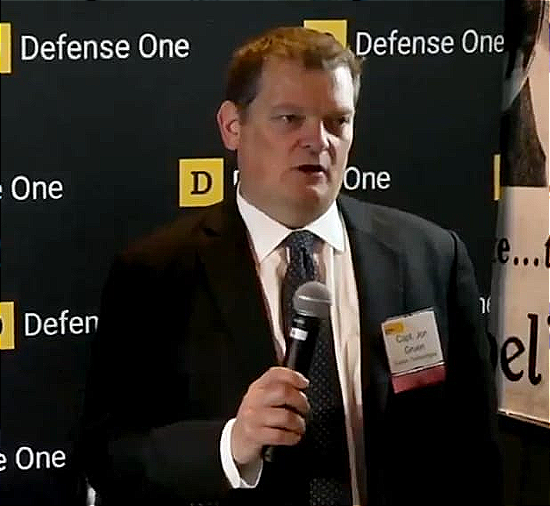
“Protecting soldiers and critical infrastructure from the growing drone threat is one of the most urgent defense challenges of our time,” shared Jon Gruen, CEO of Fortem Technologies in a recent conversation with TechBuzz. “Receiving multiple orders from U.S. allies in the same quarter underscores the maturity of our solution and the trust we’ve earned with frontline defense partners.”
Deploying in Real-World Threat Environments
Founded in 2016, Fortem has developed ultra-small, advanced solutions and strategies in C-UAS (counter-unmanned aerial systems), ISR (intelligence, reconnaissance, surveillance), perimeter security, and airspace safety systems that are designed to operate in some of the world’s most contested and complex airspace environments. The recent orders will see these systems deployed to protect critical defense installations in Europe and the Middle East, where drone threats are increasingly sophisticated and persistent.
The DroneHunter® family includes both low-collateral net-based interceptors and more robust explosive variants capable of countering larger, faster drones equipped with surveillance and combat payloads — scenarios that have become increasingly common in Ukraine and near Israel. According to Gruen, these net-based systems are gaining traction particularly in urban and densely populated areas, where minimizing collateral damage is essential.
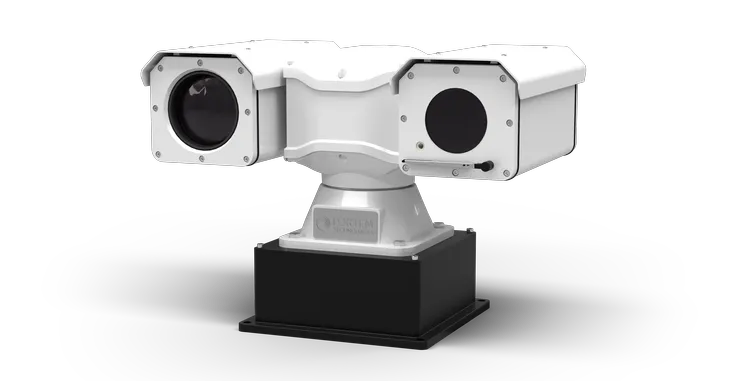
“Airports in Copenhagen and Germany were recently closed due to drone incursions,” Gruen noted. “In densely populated areas, you can’t just use a missile or burst energy. The net-based capture is becoming essential.”
A drone sighting near Oslo Airport on October 6, 2025, led to a temporary suspension of landings, with aircraft holding in the air until the situation was clarified. The sighting was reported by a Norwegian Air pilot who observed three to five drones during an approach, though the observation remained unverified by authorities. No further disruptions to air traffic were reported, and no aircraft were diverted to alternative airports.
Similarly, in Munich, Germany, authorities closed both runways on October 3, 2025, following two confirmed drone sightings near the airport's north and south runways. The closures led to the diversion of 23 incoming flights and the cancellation of 12 others, stranding nearly 3,000 passengers. The drones reportedly moved away before they could be identified. As a result of recent legislation, German police are now allowed to shoot down threatening drones.
These incidents highlight the growing concern over drone-related threats to critical infrastructure.
AI and Operational Experience as Differentiators
Fortem’s competitive edge stems from a combination of artificial intelligence, extensive field testing, and real-world operational experience. The company’s AI algorithms, developed in collaboration with the U.S. Army over seven years, are trained on data from both controlled test ranges and live deployments in conflict zones, allowing the systems to adapt rapidly to evolving threats.
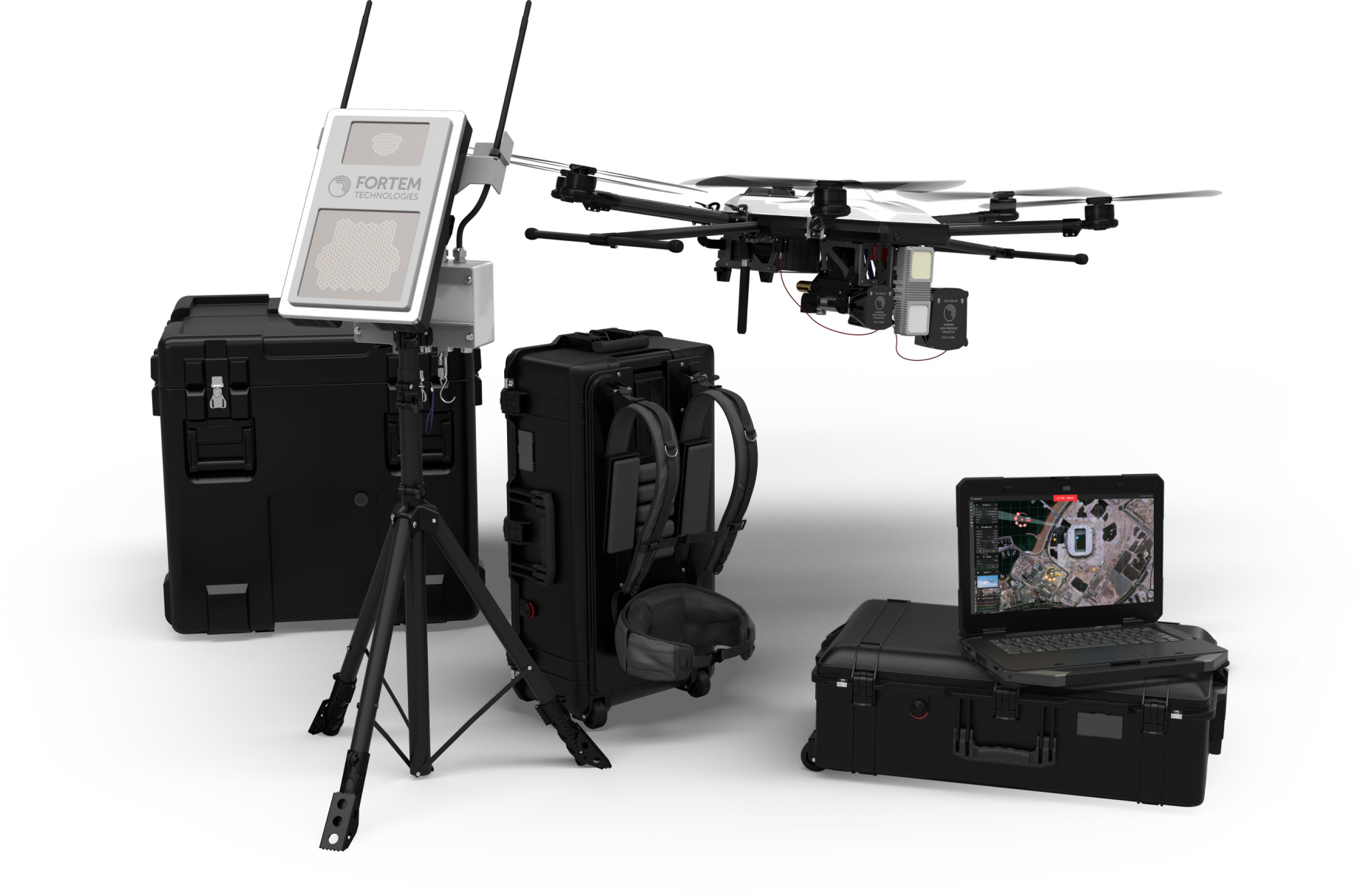
“The beauty of artificial intelligence is that it builds on itself,” Gruen said. “Each new scenario we encounter, whether in Ukraine, the Middle East, or Europe, is absorbed and fed back into our AI. When we roll out a new software baseline across all deployed systems, they all instantly gain the new learning.”
Unlike earlier-generation counter-UAS technologies, which relied on library-based signal detection, Fortem’s. ultra-small systems can detect and neutralize new, unclassified drone types and data links that emerge daily, keeping pace with adversaries that constantly innovate their aerial platforms.
Culture of Innovation and Utah Roots
The company’s success is also rooted in its Utah-based workforce and engineering culture, which Gruen describes as mission-driven, inquisitive, and adaptable. Fortem operates an iterative, field-centric development model: engineers and technicians regularly test new systems at company facilities, in mountain ranges, or in simulated real-world environments, integrating direct customer feedback into product evolution.
“Every day, teams are out testing radars and drones, constantly iterating,” Gruen said. “We take customer input, recreate it in Utah, and develop a solution. It’s pure mission-oriented culture.”
Fortem also places a strong emphasis on training and professional services, ensuring that customers can operate and adapt systems quickly. The company offers programs ranging from three-hour operational training to three-week train-the-trainer courses, which allow frontline personnel to become fully capable of training others while feeding real-world scenarios back into system development.
“This two-way feedback loop is essential,” Gruen explained. “Customers set up unique training scenarios; we observe, adapt, and integrate enhancements into the AI, which then improves the system globally.”
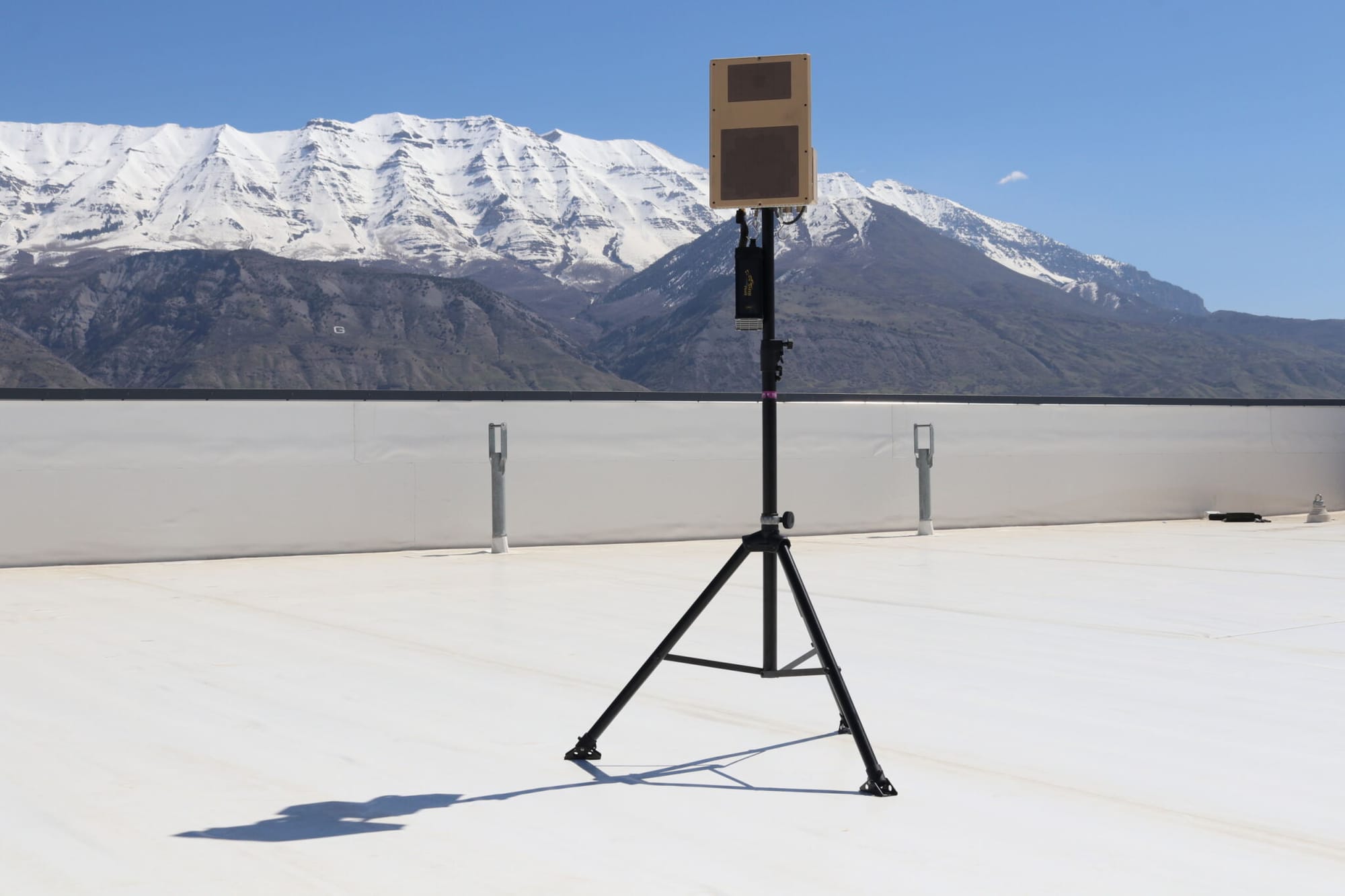
47G Zero Gravity Summit Spotlight
Fortem Technologies will bring its latest innovations to the 47G Zero Gravity Summit at the Salt Palace Convention Center in Salt Lake City, November 4–5. Gruen is scheduled to participate on a panel at the conference, highlighting the company’s approach to AI-driven counter-drone defense, operational learning, and rapid adaptation to evolving threats.
After a sold-out debut in 2024, the summit has scaled up for 2025, featuring keynote addresses from Jen Easterly, former head of CISA; Nikki Haley, former U.S. ambassador to the U.N. and governor of South Carolina; Dmytro Kushneruk, Consul General of Ukraine; Peyton Manning, NFL Hall of Famer and entrepreneur; Brad Wilson, CEO of Salt Lake City-Utah 2034 Olympic and Paralympic Games; and Israel Bachar, Consul General of Israel.
On the morning of November 4, Gruen will join the Zero Gravity Summit panel: “The New Battlespace: Autonomous Solutions & Drone Warfare," alongside Andy Yakulis, CEO and Co-Founder of Vector, a defense technology company headquartered in Draper, Utah. Vector is a provider of advanced autonomous systems and AI-driven solutions for military and security applications. The company offers "modern warfare as a service," which includes integrated training, technology, and operational support to military clients. Their approach emphasizes rapid adaptation and real-world battlefield tactics, bridging the gap between advanced technology and practical military application.
The panel will be moderated by Dan Sennott, Partner at Tampa-based Holland & Knight, a global law firm that handles public policy, government oversight, and regulatory matters, particularly those related to the defense industry. Sennott co-leads the firm's National Security & Defense Industry Group and the Public Policy & Regulation Group's National Security and Defense Team.
Strength in Numbers: The Utah Aerospace & Defense Ecosystem
Gruen credits Utah's ecosystem for much of Fortem’s rapid innovation. Utah has become a hub for dual-use aerospace and defense technology, attracting top talent, research universities, and a growing network of companies working collaboratively on applied solutions.
“Utah has the workforce, the universities, and the ecosystem that allows small teams to make outsized impacts,” Gruen shared with TechBuzz. “Our peers in the 47G community share insights on threats, supply chains, and technology, creating an environment where we all advance together.”
This regional synergy enables companies like Fortem to iterate quickly, deploy globally, and maintain operational relevance in a threat landscape that is evolving faster than ever.
Fortem’s Global Positioning
With this latest round of orders, Fortem strengthens its position as the only company authorized to deploy drone-on-drone kinetic interceptors in U.S. airspace and one of very few globally capable of combining AI, autonomous interceptors, and adaptable mitigation strategies. The company’s SkyDome® Family of Systems, which integrates TrueView™ sensors, command-and-control software, and DroneHunter® interceptors, is now seeing operational deployment at scale in multiple regions, from conflict zones to urban European centers.
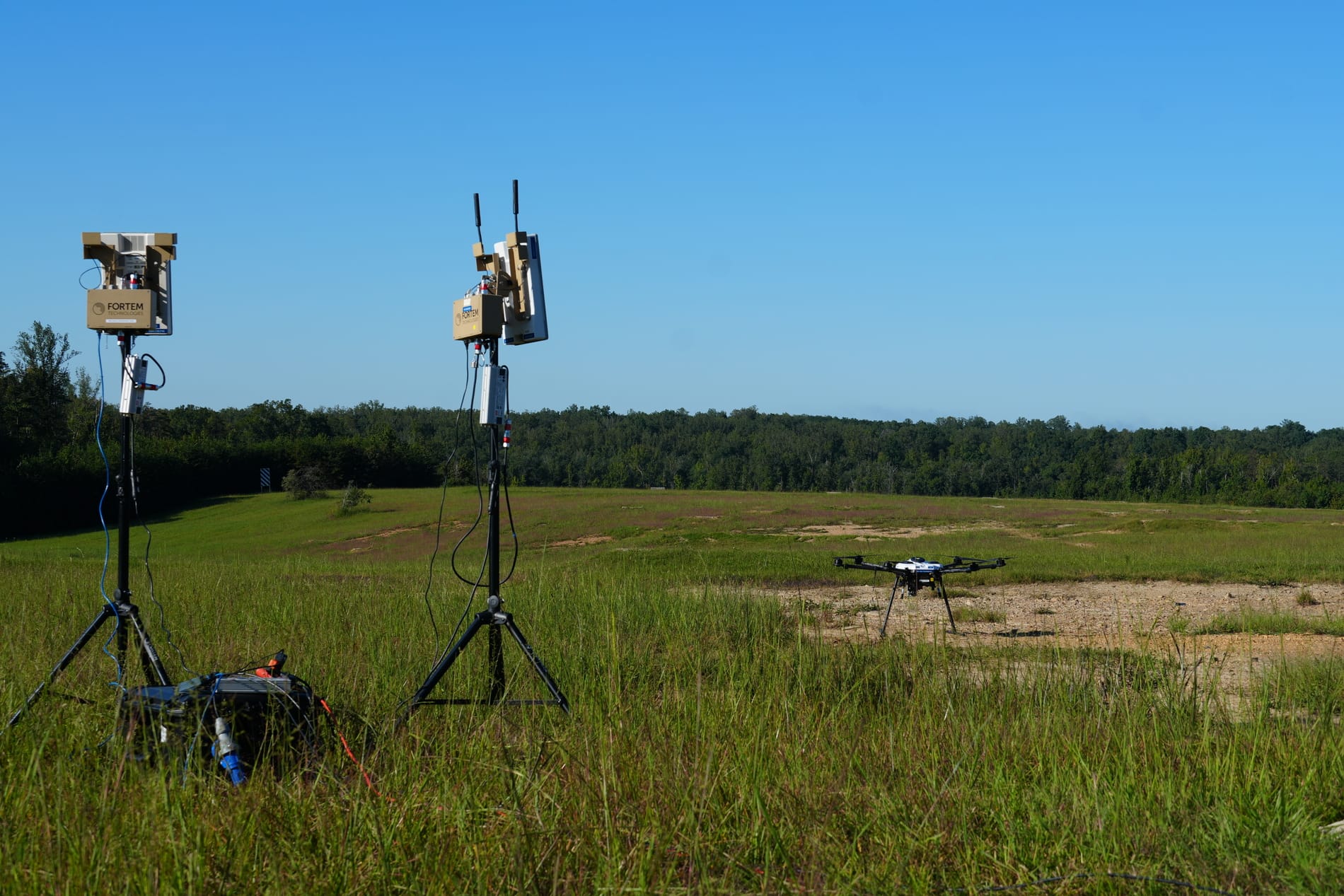
“From testing environments to high-stakes operational use, this is a new chapter for Fortem,” Gruen said. “We’re now in the most formidable operational environment in the world, learning, iterating, and pushing forward at an unprecedented pace.”
As drone threats continue to evolve, Fortem Technologies is positioning itself as a reliable partner for global defense, commercial, and government operations, combining advanced technology, a culture of innovation, and operational experience that is increasingly rare in the counter-UAS industry.
To learn more about Fortem, visit fortemtech.com. View video of the June 17, 2025 Fortem ground-breaking of the company's new 51,000 sq foot manufacturing facility in Lindon, Utah:
For more information about the 2025 Zero Gravity Summit, and to register, visit: zerogravitysummit.com.

